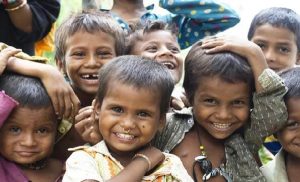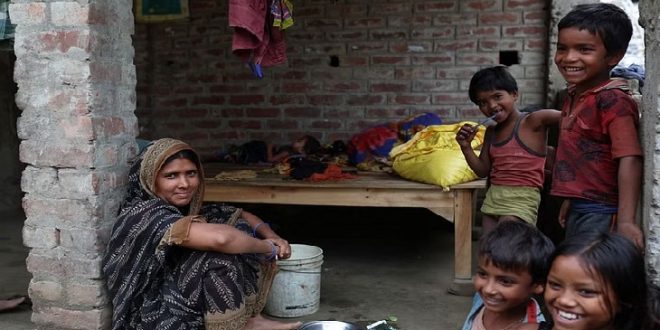20-04-2023
Bureau Report + Agencies
NEW DELHI: India is on its way to becoming the world’s most populous nation, overtaking China with almost 3 million more people in the middle of this year, data released on Wednesday by the United Nations showed.
 India’s population is estimated at 1,428.6 million, or 1.4286 billion, against 1.4257 billion for China in the United Nations Population Fund’s (UNFPA) “State of World Population Report” this year.
India’s population is estimated at 1,428.6 million, or 1.4286 billion, against 1.4257 billion for China in the United Nations Population Fund’s (UNFPA) “State of World Population Report” this year.
The United States is a distant third, with an estimated population of 340 million, the data showed in a report that reflects information available until February.
Population experts using previous data from the UN have projected India would surpass China this month, but the global body’s latest report did not specify a date.
UN population officials have said it was not possible to specify a date because of uncertainty about the data from India and China, as India’s last census was held in 2011 and the next, due in 2021, was delayed by the COVID-19 pandemic.
Although both nations will account for more than a third of the estimated global population of 8.045 billion, population growth in both has been slowing, albeit much faster in China than India.
Last year, China’s population fell for the first time in six decades, a historic turn expected to usher in a long period of decline in citizen numbers, with profound implications for its economy and the world.
 India’s annual population growth has averaged 1.2% since 2011, down from 1.7% in the previous decade, government data shows.
India’s annual population growth has averaged 1.2% since 2011, down from 1.7% in the previous decade, government data shows.
A public survey by UNFPA for the 2023 report found the most commonly held opinion in India, as well as in Brazil, Egypt and Nigeria, was that the population in each country “was too large and fertility rates were too high”, the report said.
“The Indian survey findings suggest that population anxieties have seeped into large portions of the general public,” Andrea Wojnar, the agency’s India representative, said in a statement.
“Yet population numbers should not trigger anxiety or create alarm. Instead, they should be seen as a symbol of progress, development, and aspirations if individual rights and choices are being upheld.”
India had done many things right in tackling population growth, said Poonam Muttreja, an official of the voluntary group Population Foundation of India.
“At the same time, we need to make sure that girls and women are not pushed into early marriages and pregnancies, which limit their aspirations,” she said in a statement. The population demographics of India vary from state to state.  Kerala and Punjab have an ageing population while Bihar and Uttar Pradesh have a young population, experts have said.
Kerala and Punjab have an ageing population while Bihar and Uttar Pradesh have a young population, experts have said.
Andrea Wojnar, the representative for United Nations Population Fund (UNFPA) India and the country director for Bhutan, said that ”India’s 1.4 billion people must be seen as 1.4 billion opportunities”.
”As the country with the largest youth cohort its 254 million youth (15-24 years) can be a source of innovation, new thinking and lasting solutions. ”The trajectory can leapfrog forward if women and girls, in particular, are equipped with equal educational and skill building opportunities, access to technology and digital innovations, and most importantly with information and power to fully exercise their reproductive rights and choices,” she said.
Wojnar said that ensuring gender equality, empowerment and advancing greater bodily autonomy for women and girls are the key determinants for a sustainable future. Individual rights and choices should be respected, and all should be able to decide when to have children, if any, and how many, she said.
India’s annual population growth has averaged 1.2% since 2011, compared with 1.7% in the 10 years previously, according to government data.
 Pressmediaofindia
Pressmediaofindia




